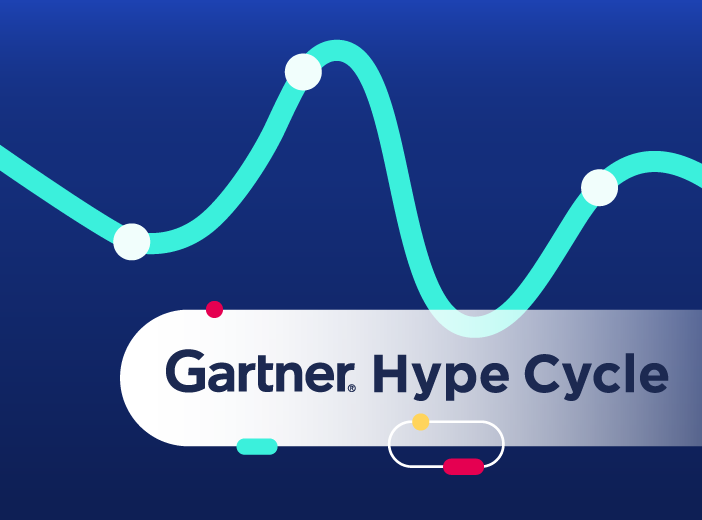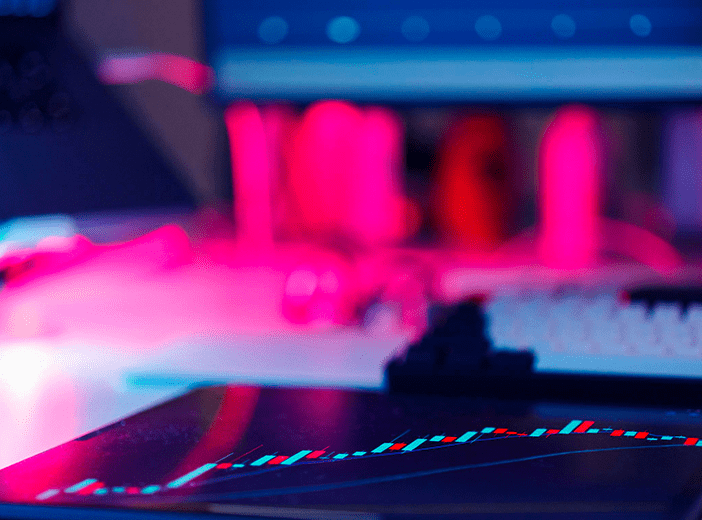How can all Chief Data Officers maximize business value through data portals
Successfully harnessing data is at the heart of corporate success, putting the focus on the Chief Data Officer (CDO) to build data-centric organizations. However, CDOs face a wide range of challenges to achieving success. Our blog explains how implementing one-stop-shop data portals helps CDOs demonstrate value, unlock fresh resources and build for the future.

As organizations strive to become data-centric, more and more are appointing Chief Data Officers (CDOs) to lead their efforts. The aim is to meet the growing demand to unlock value from increasing volumes of data, and translate business priorities into concrete actions that transform how organizations operate, collaborate and innovate. However, putting in place a senior data leader isn’t a magic wand that automatically creates a data-centric organization. Success requires a combination of the right technology, skills, processes and culture.
How can CDOs deliver value quickly in order to unlock the resources and time to build long-term programs? The key is to translate strategy into action and provide tangible results, with data portals the critical component to scale data sharing and turn data into value for all.
Understanding the challenges facing the Chief Data Officer
CDOs face a range of challenges when it comes to unlocking value from data. They are also aware that the clock is ticking – according to research in Harvard Business Review the average tenure of a CDO is just 30 months. That means that data leaders need to overcome challenges and deliver results quickly to keep their jobs.
1. Putting in place a strong data governance framework
Organizations are creating increasing volumes of data. However, for it to be usable and deliver value it needs to be high quality, consistent, reliable and trusted by all. That’s why over half (51%) of CDOs surveyed by MIT Sloan listed establishing clear and effective data governance as a priority, with 45% considering it their top concern.
Strong governance breaks down barriers to data sharing, and is the essential foundation of data programs. It needs to be applied across the organization, but in ways that build support and engagement from data owners in different departments. Once governance is in place, the next step is to make this trusted, consistent data available to all, through a one-stop shop data portal that collects and shares data assets across the organization. Through data governance users can feel confident that data is accurate and up-to-date, with a recognized owner that they can interact with to ask questions and provide feedback.
2. Breaking down departmental silos
Data is being produced in different departments across the organization. While it provides value within these departmental silos, sharing it more widely accelerates usage and transforms the benefits it provides. However, breaking down silos is not easy. Departments can be suspicious about sharing “their” data with other parts of the business, feeling that it opens them up to unwelcome monitoring and interference from other teams.
Nevertheless, the CDO has to convince everyone of the additional benefits that cross-organization data sharing delivers. Data portals help here by providing a neutral, centralized space for data sharing, where information is accessible to all, but with departmental data owners still retaining ownership of data assets and responsibility for keeping them up to date. It drives transparency and encourages collaboration between departments based on data.
3. Demonstrating value from data
One of the most common reasons that CDOs leave their roles is a perceived failure to deliver value. Often this is because organizing, cataloging and corralling data from across the business, and putting in place data governance processes takes time to deliver results. CDOs simply run out of time to demonstrate tangible business results, negatively impacting their tenure.
Building end-to-end data processes does take time, but deploying a data portal early in the program enables companies to start sharing a limited number of data assets, and therefore drive usage and value. By picking key datasets and focusing on making these available via your data portal, you can deliver tangible results and therefore unlock further investment. Start by looking at data that will help support your wider corporate objectives, such as increasing efficiency, decreasing costs, better managing risk and creating new revenues by launching new internal use cases and external data-driven services. All of this will show ROI and demonstrate value.
4. Building a company-wide data culture
In today’s world everyone benefits from access to the right data at the right time. It enables better decision-making, greater collaboration, increased productivity and unleashes new innovation. However, equally many people find raw data hard to understand and are consequently not confident in using in their working lives. This means that only a small number of data experts within the company are comfortable in using data, holding back data democratization and preventing the full value of information being realized.
An intuitive, easy to use data portal helps spread the right data culture across the organization. By ensuring your portal is as user-friendly and seamless as an ecommerce site, you can encourage employees to find, access and use data with confidence. Provide data in a variety of ways to meet different needs and skill levels, such as through engaging visualizations including dashboards, maps, graphics and data stories, as well as via APIs so users can import it directly into their familiar, day-to-day business tools. Help improve skills by including full training on the portal, along with sample use cases that encourage people to learn by doing, building confidence and creating a data-centric organization.
5. A lack of resources
The to-do list of incoming CDOs can be daunting, particularly if the role is newly created. They need to build a full data stack, covering the entire organization and put in place the right governance frameworks and processes to confidently share data. When it comes to data management they are expected to cover both defense (such as ensuring security and meeting regulatory compliance requirements) and offense (turning data into new value), all at the same time and with limited resources.
While many organizations have invested heavily in their data stack, often they struggle to show value from their programs. That’s because they have focused on necessary areas such as storage (data warehouses or data lakes), processing and collection, without necessarily making data easily available across the business in ways that everyone can access.
This makes implementing an effective data portal critical. It acts as the “last mile” of the data pipeline, matching data supply to user demand, and making the whole data sharing process tangible and usable. This has a positive effect – as people start to use data and realize value, they ask for more datasets, justifying greater funding and unlocking resources by showing the ROI. Using tools such as data lineage helps this process – lineage shows which datasets from your portal are most used inside and outside the organization and therefore helps select new data assets to add to it. It’s a virtuous cycle – the more data is used, the more value it delivers and the greater the demand for new data to be shared, improving the resources available to the CDO.
The data portal - at the heart of your data ecosystem
Organizations understand the importance of data to their current and future success. However, that doesn’t make the job of the Chief Data Officer easy. At a time of increasing data volumes, they have to overcome challenges around governance, breaking down departmental silos and creating data-centric cultures, all while demonstrating their value and unlocking longer-term resources.
Implementing data portals helps overcome these barriers to success, providing a tangible, centralized way of sharing data across the entire organization and beyond, delivering value and encouraging transformation into a data-centric business that is fit for the future. They meet two crucial, critical needs:
- They help everyone efficiently locate and retrieve the specific data they require to do their jobs, wherever it was created (internally or externally) and whatever solution originally created it (business systems, sensors or public data portals)
- They help everyone discover, interact and reuse all the data assets that an organization shares. This helps increase usage and encourages the creation of innovative, unforeseen new use cases for data.
As a result, data portals are a key enabler of data centricity, enabling better decision-making at all levels and helping organizations to use data to fundamentally transform how they function and operate. They enable organizations to decrease costs by increasing efficiency, increase and build new revenue streams and mitigate risks by improving transparency and regulatory compliance.
To harness data to successfully transform their organizations, CDOs need to be able to turn their strategy into a concrete program that overcomes a range of challenges and unlocks value at scale from their data. Data portals should therefore be an integral part of every CDOs program, helping to build data-centric organizations where data flows freely and is accessible, understandable and usable by all, driving efficiency, new revenues and increased transparency.




